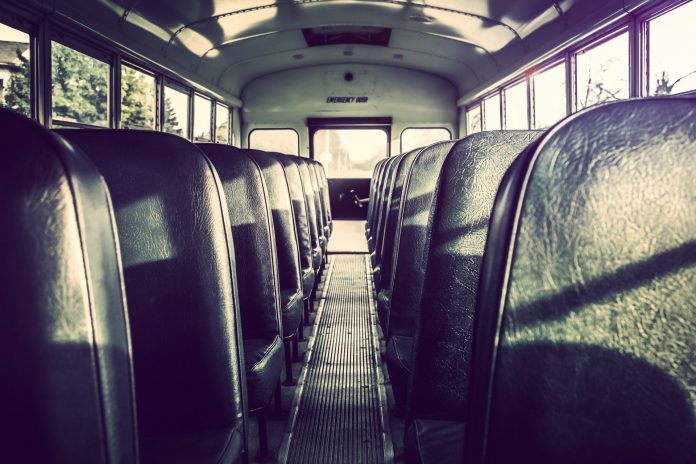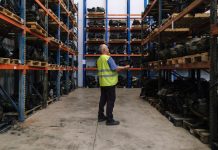Air quality. How the thoughts of us who are deeply involved with school transportation have expanded in this subject. I use the word expanded rather than changed for a reason.
The term “air quality” was generally viewed as the quality of air that students were breathing while waiting for, loading and unloading the school bus. This prompted many no-idling policies and procedures for districts across the nation. Technology and advancements to assist in reducing emission levels, both prior to engine ignition as well as during vehicle operation, also created better air quality around the school bus. Today, “interior air quality” has obviously become an even greater concern for drivers, students, parents and administrators.
Many vehicle filtration systems are now available, with many promoting HEPA filters. However, are all HEPA filters the same? Equally as important, how do we treat contaminated filters when replacements are required?
First, there is a tremendous difference between a “HEPA Type” and a “True HEPA” filter. In the instance of a top-level grade 14, a True HEPA is a medical-grade filter capable of filtering more than 99.95 percent of particles at the size of 0.3 microns or greater. For reference, a grain of sand is approximately 90 microns while the circumference of the average strand of human hair measures 70 microns. Other airborne allergens such as pollen and ragweed be 30 microns and greater. Airborne carcinogens, such as asbestos, can range as low as 0.7 microns, a level met by only one pass of air through a True HEPA filter.
Many other technologies available require multiple passes of airflow in order to be effective. It is like trying to kill that annoying fly in your office. You hit it once or twice with the fly swatter, but it continues to fly free. Some technologies need to hit the contaminants multiple times before killing them. It is also important to understand that True HEPA filters do not “kill” particles. They merely trap and contain them, only to be removed later when replacing the filter.
This leads to answering the questions of how to change a contaminated True HEPA filter. How do you dispose of it? Is it a biohazard? What is your exposure and that of your maintenance staff to contaminants? All are valid concerns. You surely do not want direct human contact to contaminated filters. I advise addressing these concerns with potential vendors to choose the proper system for your operating environment.
The addition of filtering systems and other technologies cannot overcome common sense and safety protocols. But the topic of air quality has certainly taken a different turn down a path of uncertainty, a path which is new for the majority of us involved in school transportation. But that road becomes much clearer once you know the right questions to ask. Stay safe.
Paul Baczewski is the Webasto Group national account manager for bus products. He has worked in the school bus industry for 28 years and holds an electronic engineering degree from the National Institute of Technology.



















